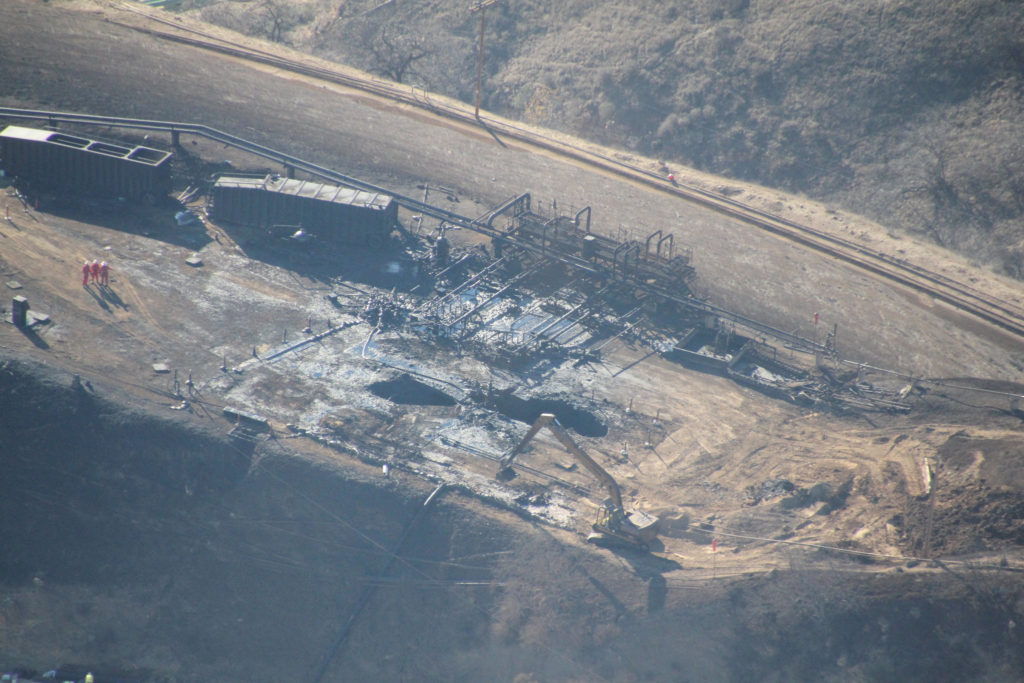
Bacteria may have an important role to play in the effort to reduce greenhouse gas emissions. A group of researchers at the University of Alberta are genetically engineering non-hazardous bacteria that consume methane and turn it into fuel.
Methane – the primary component of natural gas – is a powerful greenhouse gas. It has 25 times the heat-trapping ability of carbon dioxide. With the increasing extraction, processing and use of natural gas, unburned methane is finding more and more ways to get into the atmosphere. Many of these ways are in the form of “fugitive emissions” or byproducts of processes like waste management, and it is increasingly important to find ways to capture methane that otherwise would enter the atmosphere.
It has been well-known for decades that bacteria can be modified to convert methane into other products – such as biofuels – but this has mostly been on a small laboratory scale. What is needed is a process that can be scaled up to industrial levels.
The Alberta group has been developing a platform of half a dozen different types of bacteria engineered to work under a variety of different circumstances. These bacteria can digest methane to produce a variety of products including butane, isoprenoids – which can be used in jet fuel – and other hydrocarbon-based products.
Currently, the group is working with Mango Materials – a California bioenergy startup partnering with NASA and others – to develop a reactor that captures methane from wastewater treatment and uses bacteria to convert it into bioplastic.
The researchers are confident that as they learn more about how to work with these bacteria, they can coax them into making all sorts of other useful things.
**********
Web Links
How bacteria could help turn a potent greenhouse gas into renewable fuel
Photo, posted December 17, 2015, courtesy of Earthworks via Flickr.
‘Fighting Methane with Bacteria’ from Earth Wise is a production of WAMC Northeast Public Radio.
Leave a Reply